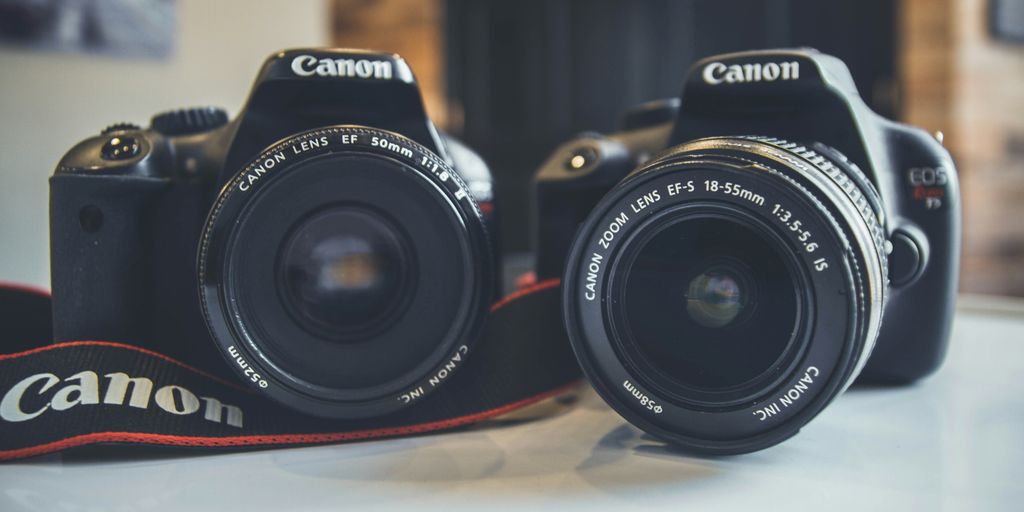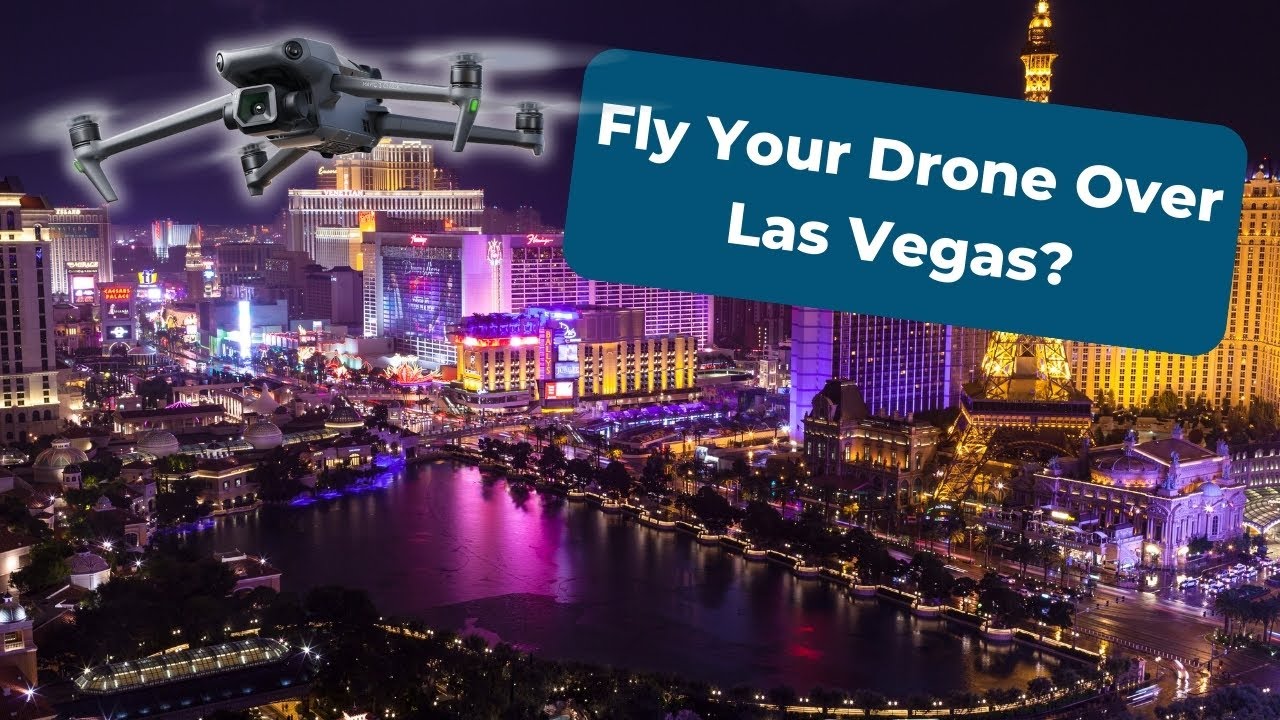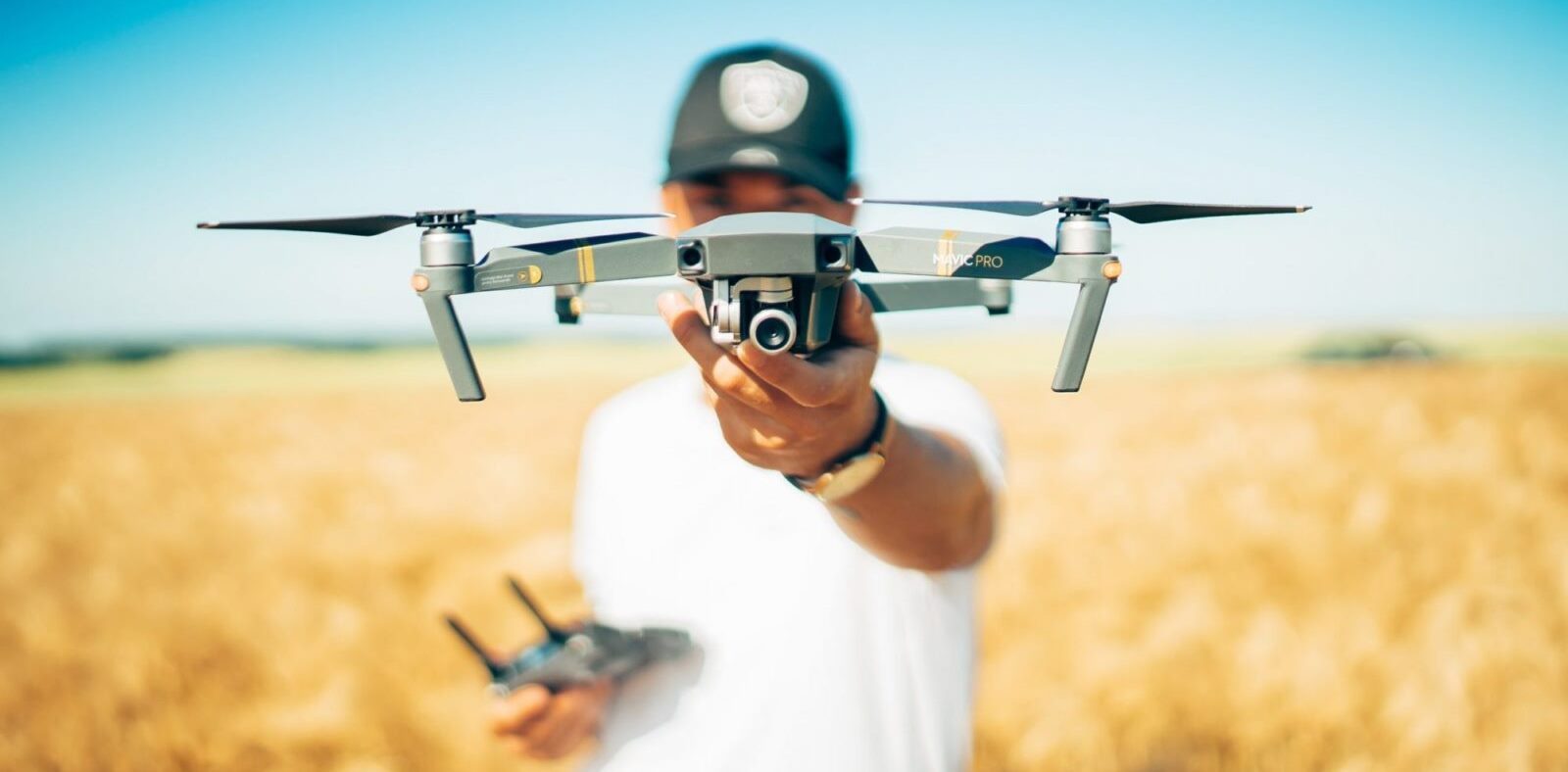
How to Safely Operate a Drone in Urban Areas. Operating a drone in urban areas can be both thrilling and challenging. Given the dense population, tall buildings, and numerous potential interferences, it is crucial to adhere to specific guidelines to ensure safety and compliance with local regulations. Whether you’re a hobbyist or a commercial drone operator, understanding the intricacies of urban drone flying is crucial.
Key Takeaways
- Always research and adhere to city-specific rules and regulations before flying your drone.
- Conduct thorough pre-flight preparations, including equipment checks and understanding weather conditions.
- Maintain a clear line of sight and manage your altitude to avoid obstacles and crowded areas.
- Be aware of potential signal interferences and have strategies for signal recovery.
- Follow post-flight procedures such as data management and battery care to ensure your drone’s longevity and safety.
Understanding Local Regulations

Researching City-Specific Rules
Before flying a drone in any urban area, it’s crucial to understand the regulations specific to that city. Each city may have unique rules that govern where and how drones can be operated. I always start by checking the local government’s website or contacting city officials for the most accurate information.
Permits and Permissions
You might need special permits or permissions to fly your drone in many cities. This may include registering your drone with local authorities or obtaining flight permits. It’s essential to complete these steps to avoid any legal issues.
No-Fly Zones
Urban areas often have designated no-fly zones where drone operations are strictly prohibited. These can include areas near airports, government buildings, and other sensitive locations. Always check for these restricted areas on a map before planning your flight.
Flying a drone without adhering to local regulations can result in severe penalties, including fines and confiscation of your equipment.
Pre-Flight Preparations
Equipment Check
Before taking off, I always thoroughly inspect my drone and its components to ensure they are in good working condition. This includes checking the control links between the drone and the controller to ensure they function correctly. Additionally, I verify that the drone has enough power to operate for the intended flight duration and that any payload does not negatively impact the drone’s controllability.
Weather Conditions
Understanding the local weather conditions is crucial for a safe flight. I always check the weather forecast and current conditions before heading out. This helps me avoid unexpected weather changes that could jeopardize the flight. Knowing factors like wind speed, precipitation, and visibility is essential.
Emergency Protocols
Having a set of emergency protocols is vital. I ensure everyone involved in the operation is informed about the emergency procedures and contingency plans. This includes knowing the roles and responsibilities of each team member and being aware of potential hazards on the ground. Being prepared can make a significant difference in handling unexpected situations effectively.
Proper pre-flight preparations are the foundation of a safe and successful drone operation. Taking the time to check equipment, understand weather conditions, and establish emergency protocols can prevent many issues before they arise.
Safe Flying Techniques
Maintaining Line of Sight
When flying a drone, it’s crucial always to maintain a clear line of sight. This ensures that you can react quickly to obstacles or unexpected situations. Never rely solely on the drone’s camera feed; always keep the drone within your visual range of sight.
Altitude Management
Managing your drone’s altitude is essential for safe operation. Always fly at or below 400 feet to comply with regulations and avoid conflicts with human-crewed aircraft. Additionally, be mindful of the tallest structures in your area to prevent collisions.
Avoiding Crowded Areas
To safely operate a drone, avoid flying over crowded areas. This reduces the risk of accidents and ensures the safety of people on the ground. Instead, choose open spaces with more control and fewer obstacles to navigate.
Creating a safe flight path requires a pilot to identify the height of the tallest structure in the area.
Handling Signal Interference

Identifying Sources of Interference
Flying in urban areas means navigating various sources of electromagnetic interference. This interference can originate from any device or equipment with an electrical supply or that emits a signal. Sources of interference can range from power lines to the smartphones of people around you.
Using ATTI Mode
When signals are compromised, Attitude, or ATTI Mode, is the best option for maintaining control of your drone. This mode allows you to fly without relying on GPS, which can be affected by signal interference.
Signal Recovery Strategies
If you experience a signal loss, keeping your drone close is the most straightforward safety measure. Signal loss would be unlikely if you could maintain an unobstructed line of sight between your controller and drone. If the density of EMI sources is exceptionally high, I recommend keeping a maximum distance of about 800 feet.
In case of signal loss, set your drone to hover and ensure your Return-to-Home (RTH) altitude is above the Minimum Obstacle Clearance Altitude (MOCA).
Post-Flight Procedures

Data Management
After each flight, it’s essential to organize and back up all data collected, including photos, videos, and flight logs. Proper data management ensures you can easily access and analyze your flight information when needed.
Battery Care
Taking care of your drone’s battery is crucial for its longevity and performance. Always check the battery for any signs of damage or wear, and store it in a cool, dry place. Regularly updating your battery’s firmware can also help maintain its efficiency.
Incident Reporting
If you experience any incidents or near-misses during your flight, it’s essential to document and report them. This helps improve safety protocols and prevent future occurrences. Include the incident’s time, location, and nature in your report.
These post-flight procedures are crucial steps in maintaining a safe and efficient drone operation within work zones.
Best Practices for Commercial Operations

Client Communication
Maintaining clear and consistent communication is crucial when working with clients. Understanding their needs and expectations will help ensure that the project runs smoothly. Regular updates and transparency about potential issues can build trust and foster a positive working relationship.
Risk Assessment
Conducting a thorough risk assessment before any flight is essential. This includes evaluating the environment, identifying potential hazards, and planning contingencies. A well-documented risk assessment can help mitigate issues and ensure safety.
Insurance Requirements
Having the right insurance coverage is non-negotiable for commercial drone operations. This not only protects your equipment but also covers any potential liabilities. Ensure you review and understand the terms of your insurance policy to ensure comprehensive coverage.
In commercial drone operations, focus on sustainability, regulatory compliance, and certification for drone operators in commercial construction.
Innovating Architecture with Construction Drone Services
In the realm of commercial construction, drones are revolutionizing the way projects are approached. From site surveys to progress tracking, drones offer precision and efficiency that traditional methods can’t match. Emphasizing sustainability and regulatory compliance is crucial to effectively leveraging these benefits.
In the fast-paced world of commercial operations, staying ahead of the competition is crucial. Implementing best practices can significantly enhance your business efficiency and success. Numerous strategies exist, from leveraging cutting-edge technology to optimizing workflow processes. For more insights and expert advice, visit our website and discover how we can help elevate your commercial operations to the next level.
Conclusion
Operating a drone in urban areas comes with unique challenges and risks. While legal in many cities, it requires a high level of skill, preparation, and caution. The dense environment, potential for signal loss, and electromagnetic interference are significant hazards that must be managed. Learning to fly in ATTI mode and understanding the local regulations are crucial steps for safe operation. While urban drone flights are sometimes necessary, they should be approached with the utmost care and responsibility to ensure the safety of people, property, and other airspace users.
Frequently Asked Questions
Is it legal to fly a drone in urban areas?
Flying a drone is generally legal in most cities if you adhere to local regulations, such as not flying over crowds or above 400 feet above ground level (AGL).
What are the risks of flying a drone in urban areas?
Flying in urban areas poses higher risks due to potential signal interference, GPS issues, and the presence of buildings and people.
Do I need a permit to fly my drone in the city?
Many cities require permits or special permissions to fly drones, especially for commercial purposes. Always check local regulations before flying.
How can I avoid signal interference in urban areas?
To avoid signal interference, identify sources of EMI, utilize ATTI mode, and implement signal recovery strategies.
What should I do if I lose my GPS signal while flying?
If you lose the GPS signal, switch to ATTI mode and manually control your drone. Practice flying in this mode to prepare for such situations.
What are some pre-flight preparations I should consider?
Before flying, check your equipment, review weather conditions, and establish emergency protocols to ensure a safe flight.





Comments are closed.